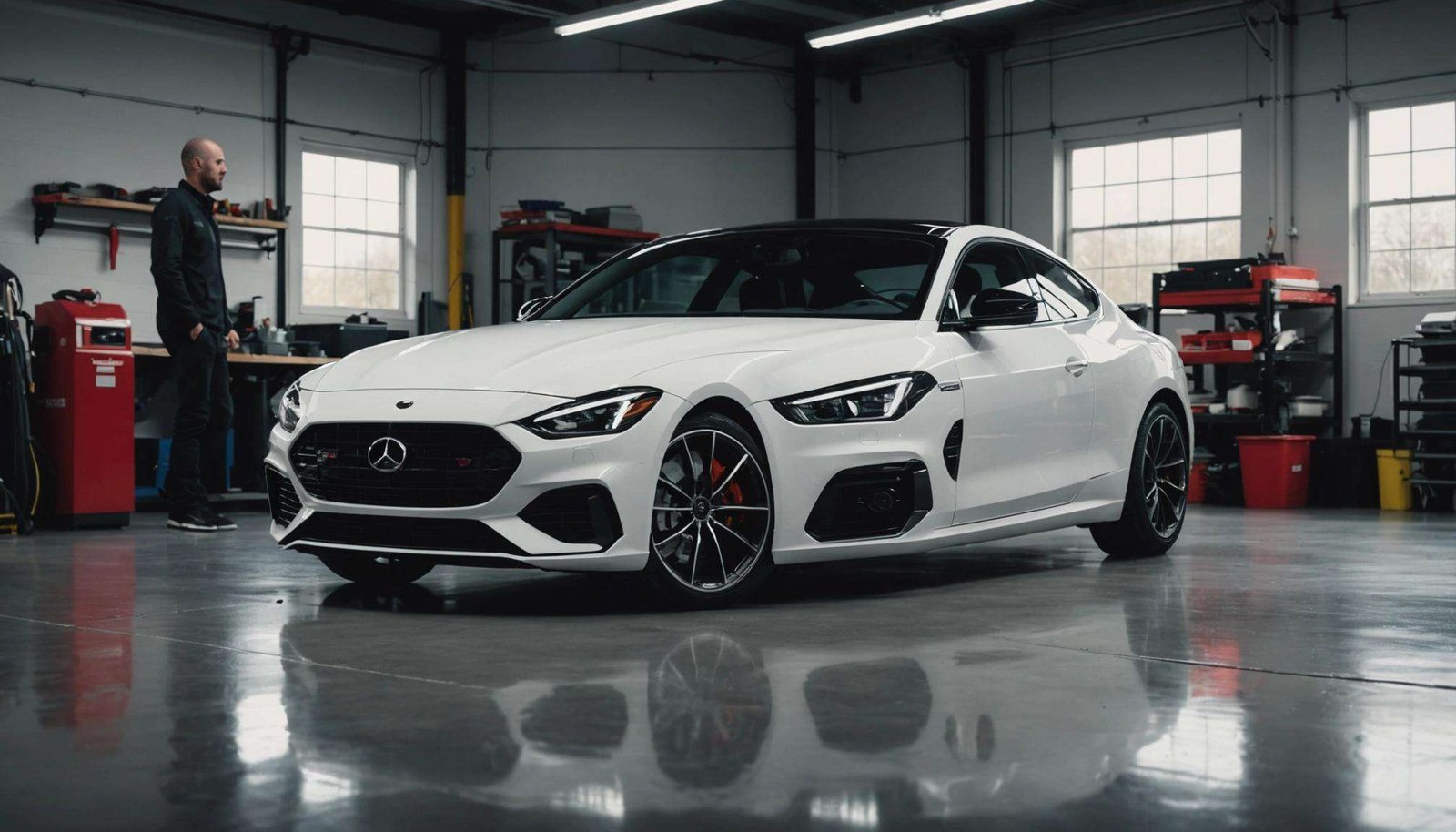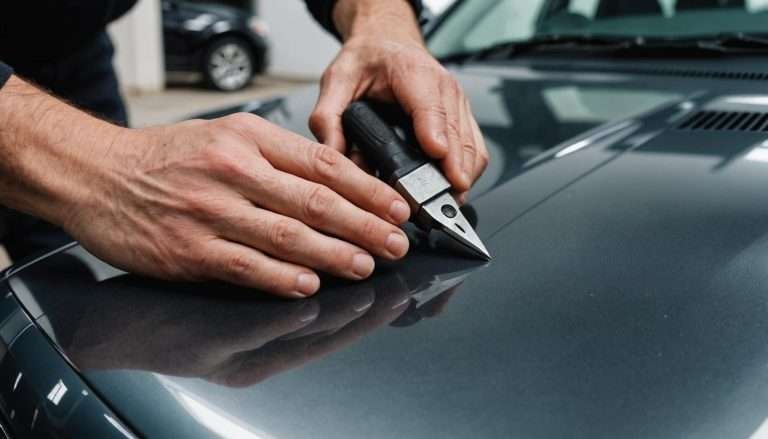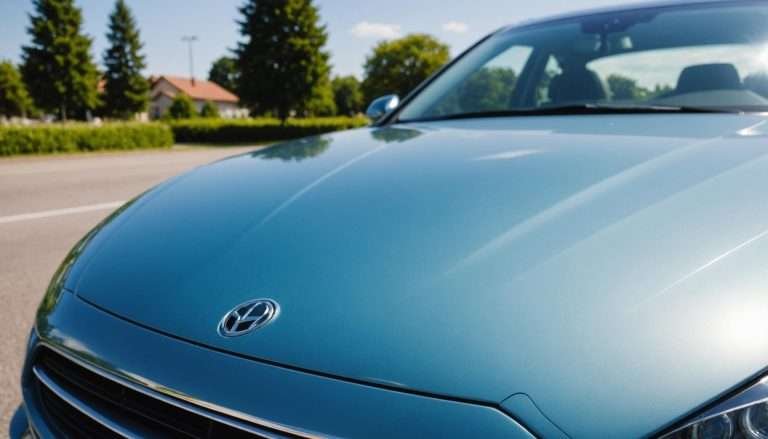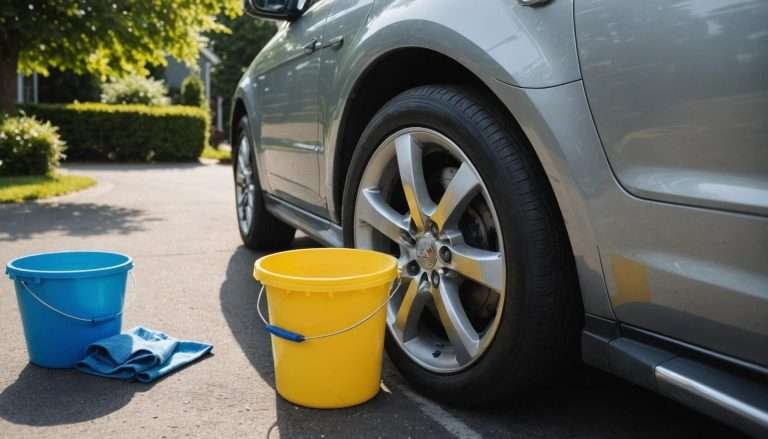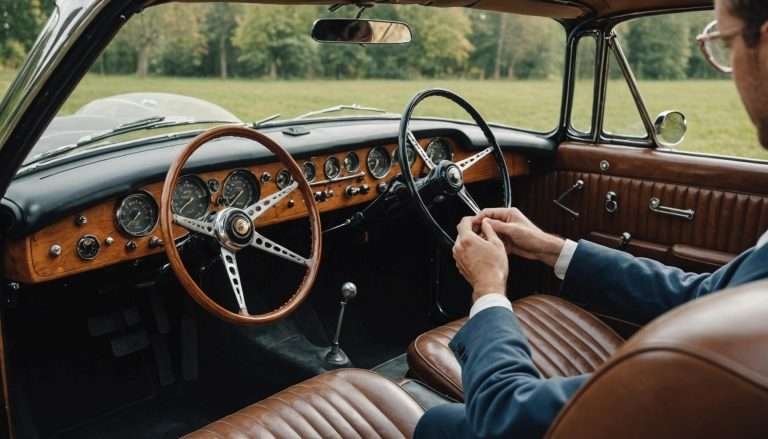Are you curious about what ceramic coatings can really do for your vehicle? At OCD Wash & Detail, based in Kennedale, Texas, we’re here to set the record straight and debunk common misconceptions about ceramic coatings. Car enthusiasts often debate whether these coatings are truly scratch-proof or if they can replace traditional waxes and sealants. In this article, we’ll dive into these burning questions and provide you with a clearer understanding of ceramic coatings and how they work.
Join us as we unravel the truth behind the claims and myths surrounding ceramic coatings. From scratch resistance and longevity, to maintenance and effects of weather, we aim to provide you with the knowledge you need to make informed decisions about your car care. Let’s explore the world of ceramic coatings and discover what truly makes them a game-changer for your vehicle’s protection.
What Are Ceramic Coatings and How Do They Work?
Ceramic coatings are a revolutionary product in the automotive world. They are liquid polymers applied by hand, creating a chemical bond with the vehicle’s factory paint. Once cured, they form a protective layer that is both hydrophobic and resistant to small abrasions.
These coatings primarily work by filling microscopic imperfections in your car’s paint. This results in a smooth and glossy finish. Think of it as an extra layer of skin—only one that shields the paint against UV rays, chemicals, bird droppings, and pollutants.
The real magic lies in the chemical composition. Ceramic coatings are predominantly made from silicon dioxide (SiO2), sourced from natural materials like quartz and sand, which gives them their hardness and durability. Some high-end products even incorporate titanium dioxide for extra toughness.
Application matters too—these aren’t sprays rushed on over a weekend. Properly applying ceramic coatings requires precision and a perfectly prepped surface. This ensures optimal bonding, enhancing longevity and efficacy. For those in the Kennedale area, exploring ceramic coating services in Kennedale, TX can provide professional application and maintenance.
In essence, ceramic coatings do wonders for preserving a vehicle’s paint job while adding an impressive shine. However, they’re not a silver bullet for all auto body woes—though their benefits are significant, as we’ll see when addressing common misconceptions in the following sections.
Are Ceramic Coatings Scratch-Proof?
It’s a common belief that ceramic coatings can make a vehicle entirely immune to scratches. While they offer a robust layer of protection, it’s crucial to understand their true capabilities. Ceramic coatings are highly effective at enhancing the surface hardness of your car’s paint, providing a substantial shield against minor abrasions and swirl marks typically caused by washing and drying.
However, calling them “scratch-proof” is a bit of a misnomer. They’re more accurately described as “scratch-resistant.” This means that while they can fend off light scratches and marring, they won’t stand up to stronger, deeper scratches from things like rocks, other car doors, or abrasive tools. So, don’t expect them to replace your vigilant parking habits.
In essence, ceramic coatings act like a flexible armor that helps maintain your vehicle’s finish under everyday conditions. It’s important to keep your expectations realistic—ceramic coatings enhance durability but don’t make your car indestructible. For more detailed insights, you might want to explore ceramic coatings in Mansfield, TX and how they can benefit your vehicle.
Next, let’s delve into the longevity of these coatings on a vehicle’s surface and whether they’re truly everlasting.
Do Ceramic Coatings Last Forever on a Vehicle?
The idea of car paint protection lasting forever seems too good to be true—because, in reality, it is. While ceramic coatings offer excellent long-term protection compared to traditional waxes and sealants, they aren’t a permanent solution. They do, however, provide a durable layer of protection for your vehicle, often lasting several years when properly maintained.
A ceramic coating forms a semi-permanent bond with a car’s paint, acting as a shield against UV rays, acid rain, bird droppings, and minor scratches. Its longevity depends on several factors: quality of the coating, application process, environmental conditions, and ongoing care. Manufacturers often claim a lifespan of 2 to 5 years, but real-world factors can shorten—or extend—this timeframe.
Maintenance plays a CRUCIAL role in maximizing the coating’s lifespan. Regular washing, proper care techniques, and avoiding harsh chemicals will help maintain the coating’s effectiveness. It’s also worth noting that not all ceramic coatings are created equal; higher-end products often feature advanced formulations for enhanced durability. For those interested in exploring high-quality options, consider checking out ceramic coatings available in Fort Worth, TX.
In conclusion, while ceramic coatings greatly enhance your vehicle’s appearance and protection, they aren’t a forever fix. With the right approach, however, they can provide long-lasting protection that outperforms other methods, keeping your car looking sleek for years to come.
Can Ceramic Coatings Replace Wax or Sealant?
Ceramic coatings have burst onto the car care scene, claiming to offer superior protection compared to traditional waxes or sealants. But can they truly replace these time-tested products? In essence, yes—but with some qualifications. Ceramic coatings offer a more durable shield against UV rays, chemicals, and minor scratches. However, the application process is more involved and usually best suited for professionals or highly experienced DIY enthusiasts. For a deeper dive into the benefits and applications of ceramic coatings, you can explore more on the Online OCD blog.
Here’s a comparison of ceramic coatings versus wax or sealant:
- Durability: Ceramic coatings win, lasting YEARS compared to wax’s weeks or sealant’s months.
- Protection: Offers superior resistance to UV rays, chemicals, and light scratches.
- Shine: Both can offer a glossy finish, but ceramic coatings maintain it longer without frequent reapplication.
- Application Complexity: Ceramic coatings involve a meticulous process; wax and sealants are more forgiving for DIY use.
- Cost: Higher upfront cost for ceramic coatings due to professional application, but long-term savings on product and labor.
- Maintenance: Less frequent maintenance needed with ceramic coatings, although proper care is still important.
While ceramic coatings provide a more permanent solution, waxes and sealants still hold their own for car enthusiasts who prefer simpler application and experimenting with different finishes.
How Are Ceramic Coatings Affected by Weather Conditions?
Ceramic coatings are known for their durability and protective qualities, but weather conditions can still impact their performance over time. Let’s break it down.
Temperature fluctuations are one of the main factors. Extreme heat can cause the coating to expand, while cold weather can make it contract. Although ceramic coatings are designed to handle these changes, repeated cycles of expansion and contraction can lead to microcracks. These tiny imperfections might not be visible immediately but can affect the coating’s longevity.
UV exposure is another concern. Constant exposure to harsh sunlight can gradually degrade a ceramic coating’s effectiveness. Over time, UV rays may cause the coating to become less glossy — reducing its ability to repel water and dirt.
Humidity and rainfall contribute too. While ceramic coatings offer excellent hydrophobic properties, prolonged exposure to water can slowly wear them down. Acidic rain, in particular, can accelerate this process, potentially diminishing the coating’s protective layer. For more insights on how long a ceramic coating can last on a car, explore the detailed analysis of ceramic coating longevity.
Lastly, consider environmental pollutants. Dust, salt, and various chemicals present in urban environments can all play a part. While lesser pollutants are deflected by the coating, higher exposure over time may cause abrasion or chemical reactions that weaken it.
Regular maintenance and occasional touch-ups are essential to counter these effects. This ensures that your vehicle’s ceramic coating continues to protect against the elements, keeping it pristine and vibrant.
What Are the Maintenance Requirements for Ceramic Coatings?
Ceramic coatings are incredible for keeping your car’s paint shiny and protected, but they do require some maintenance to ensure they last and remain effective. Unlike traditional waxes, ceramic coatings don’t need frequent reapplication. STILL, a bit of care goes a long way in preserving their benefits. Understanding and following a few simple maintenance steps can help you make the most out of your ceramic coating.
- Regular Washing: Keep your vehicle clean by washing it every 1-2 weeks. Use a pH-balanced car shampoo to avoid stripping the coating.
- Avoid Automatic Car Washes: The brushes in automatic car washes can be too abrasive, potentially damaging the coating. Opt for hand washes instead.
- Use Two-Bucket Method: When washing, use two buckets—one with clean, soapy water and another for rinsing your mitt. This prevents swirl marks.
- Dry Properly: Use a soft microfiber towel to gently dry the car after washing to prevent water spots.
- Apply Refreshing Products: Use a coating-safe booster spray or topper occasionally to enhance gloss and protection.
- Inspect Regularly: Look for signs of damage or areas where the coating may have worn off, addressing any issues promptly.
- Avoid Parking Under Trees: Tree sap can be particularly hard on coatings, so try to park in covered or open areas when possible.
- Decontamination: Consider a decontamination treatment with iron or tar removers twice a year to keep the surface smooth.
By following these maintenance tips, your ceramic coating will continue to provide superior protection and a stunning shine for many years. Stay tuned for how ceramic coatings fare in different weather conditions, especially in areas prone to Texas sun damage.
Conclusion
Ceramic coatings offer excellent protection for your vehicle, but many misconceptions might deter you from experiencing their full benefits. Understanding that ceramic coatings are not a shortcut to never washing your car again but rather a protective layer that enhances resistance to environmental damage can clear up common misunderstandings. By debunking these myths, you’re better equipped to make informed decisions about caring for your vehicle.
At OCD Wash & Detail, we specialize in ceramic coatings and a range of detailing services that keep your car looking pristine. Serving Kennedale, Arlington, Mansfield, and Fort Worth, we are committed to providing top-notch care tailored to your vehicle’s needs. To discover how ceramic coatings can benefit you, contact Nicholas Pugliese at (817) 818-0959 or email us at njpsaleen@gmail.com. Let us help you maintain the beauty and longevity of your vehicle with our expert services!

